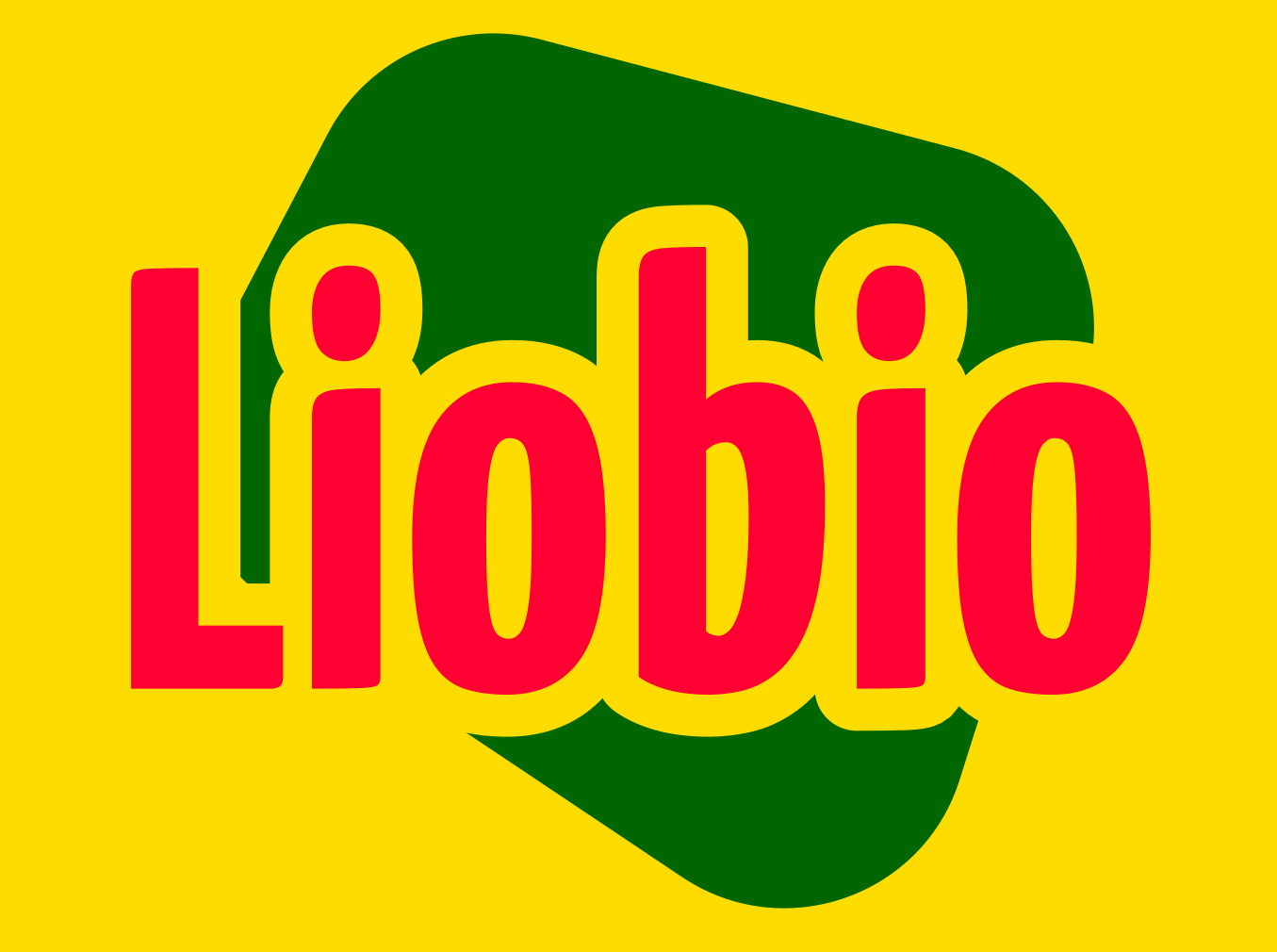With the launch of the Fortune Streets set, Monopoly GO once again flipped the script. This wasn’t just another sticker album—it was a cleverly disguised test of patience and resource management. The mechanics shifted slightly, with lower drop rates for key epic and gold cards, causing tension among players racing for limited-edition dice skins and event bonuses.
What set this update apart wasn’t just the stickers themselves—it was the variety of ways players attempted to game the system. Some relied on high-multiplier event rolls, while others crafted dice-saving strategies and waited for rare “Super Trade” windows. And yet, even with perfect planning, many still hit the dreaded “last card curse.”
That’s where many collectors began to look outward. Some used community-led swap chains, while others turned to external options like U4GM, where players can Monopoly Go stickers buy when all else fails. It’s not cheating—it’s survival, especially during a time-gated set.
To fuel those multiplier rolls, some players made early moves to buy Monopoly Go dice, ensuring that when high-reward events like Bank Heists or Property Boosters triggered, they could capitalize with maximum efficiency.
Fortune Streets proved that Monopoly GO isn’t just a luck-based game—it rewards persistence, strategy, and even calculated risk. Missing a sticker might sting, but missing a reward multiplier? That’s brutal.



